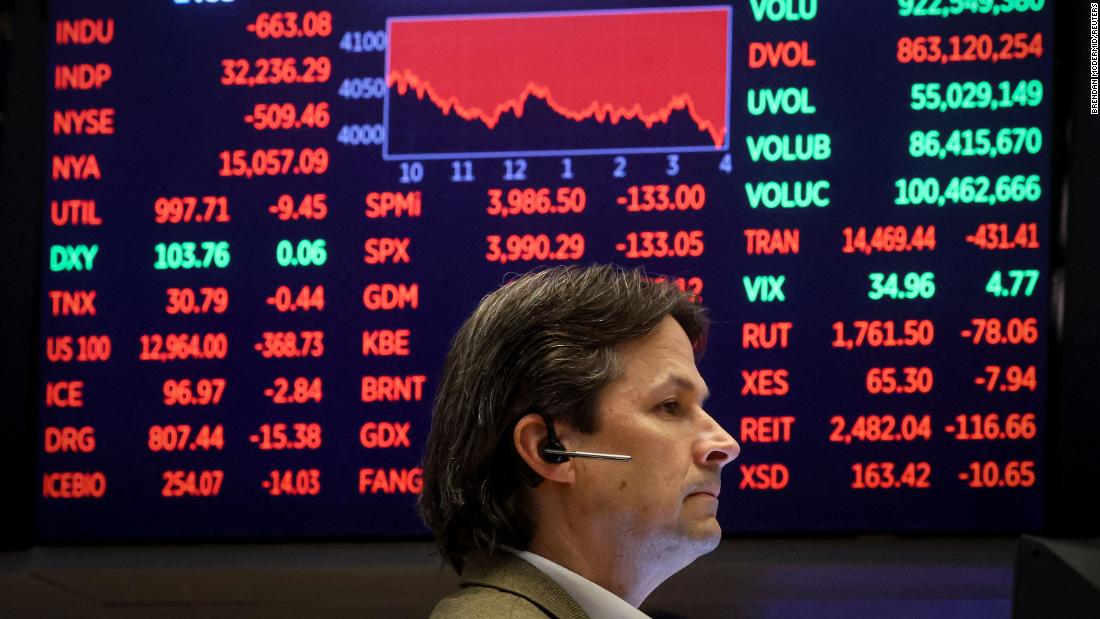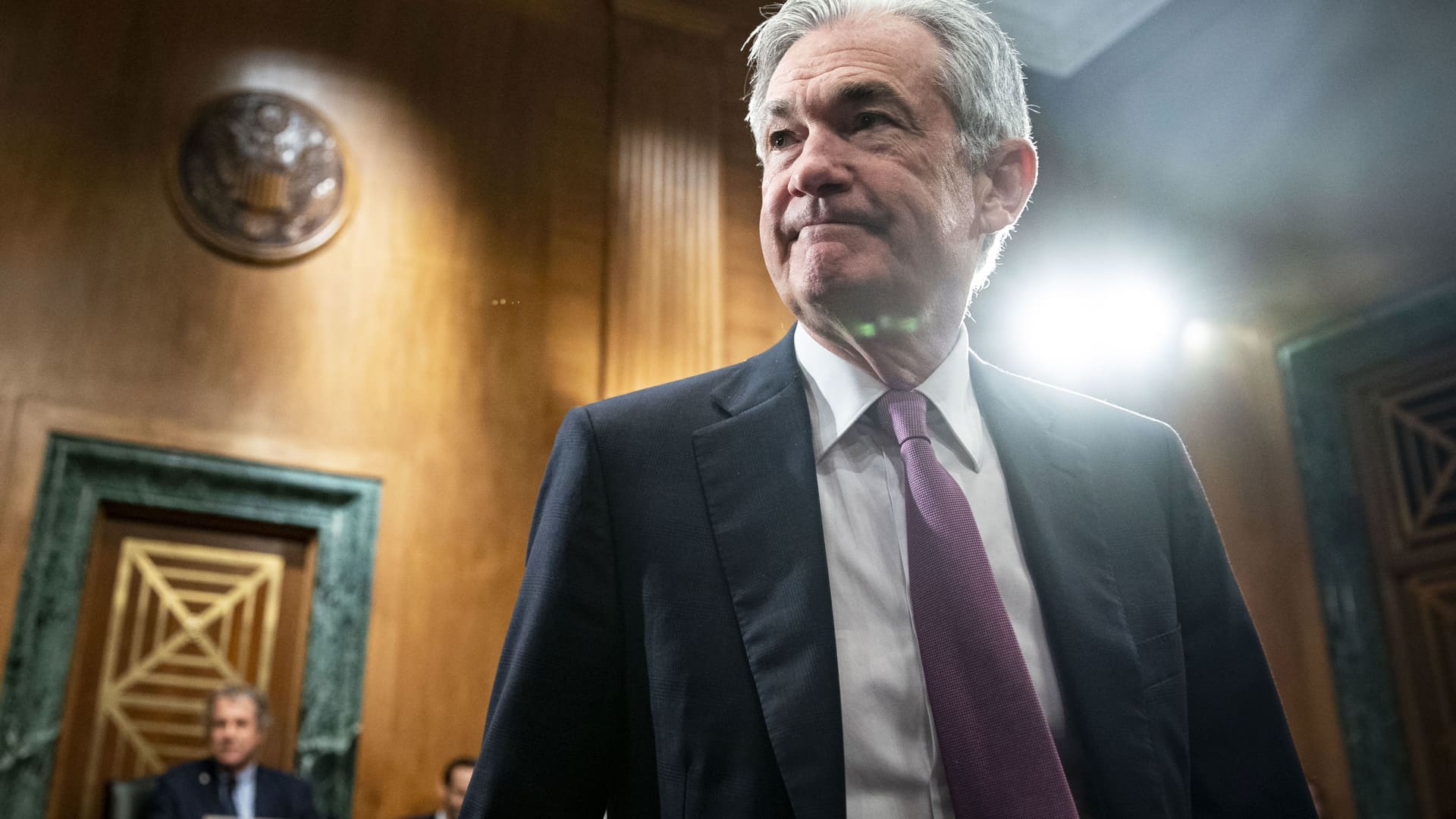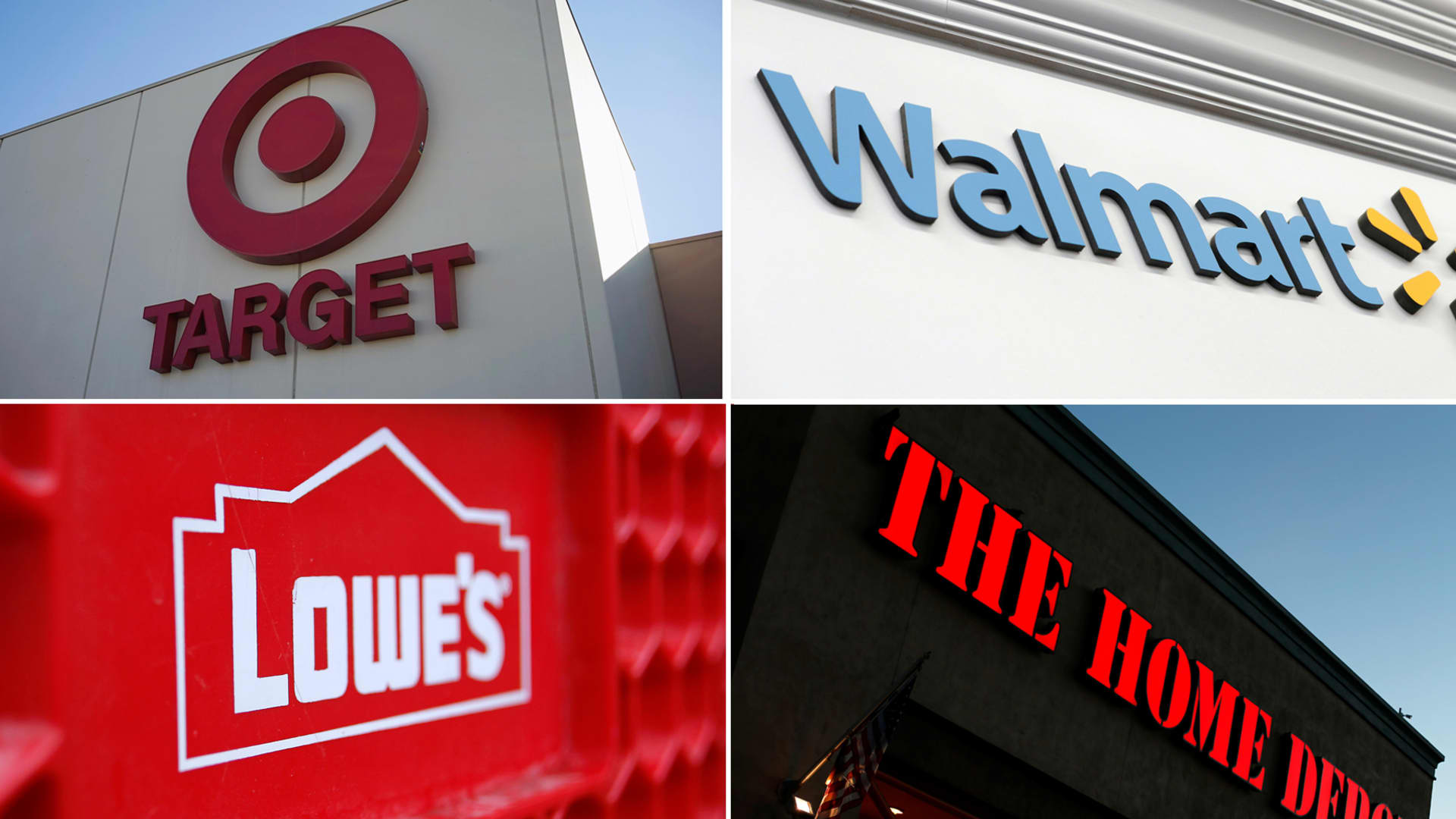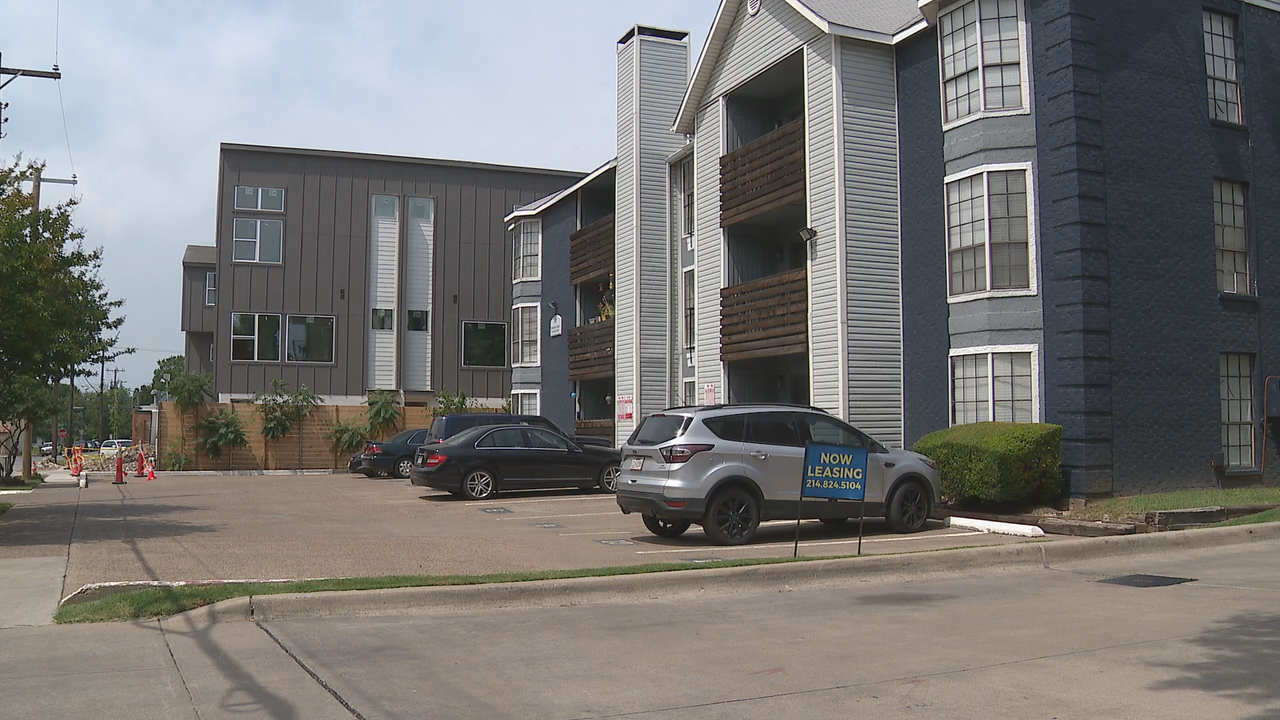So, in the opinion of you guys who seem to understand this Economics Disaster, (It's all Greek to me - makes my head spin) how long will this downward spiral continue? The Great Recession back in 2008 I was back in the saddle financially and investment had recovered in about 18 months. Any opinions about when this nut will crack and we can begin a countdown to recovery?
VooDoo
May 13 – Bloomberg (Jeannine Amodeo): “The US leveraged loan market is in full risk-off mode, forcing bankers to put new offerings on ice until there’s more stability in prices. There’s just three loans in syndication and launches have ground to a halt as the market reels from widespread volatility… Secondary prices have sunk to 95 cents on the dollar on average, spiraling down to November 2020 lows, while loan funds just suffered the biggest weekly withdrawal since April 2020… Funds that invest in US leveraged loans posted the biggest outflow in about two years. The funds lost $598 million of cash for the week ended May 11, according Refinitiv Lipper data. That’s the biggest since the week ended April 8, 2020, during the early days of the pandemic…”
May 12 – Bloomberg (Mary Biekert): “Investors pulled $8.2 billion from U.S. corporate investment-grade bond funds in the biggest weekly exodus since April 2020 amid broad-based market volatility. The outflows for the week ended May 11 are also the fourth largest ever, according to… Refinitiv Lipper, and marks a stretch of seven weeks of withdrawals, the longest since a seven-week period beginning in November 2018. Corporate bond issuance is running well below expectations for the month as inflation-fueled volatility has narrowed windows to sell debt.”
I can’t emphasize enough the ramifications for what I believe is a historic reversal of speculative finance. Repeating a central tenet of my Bubble thesis, contemporary finance appears to function splendidly so long as speculative leverage is expanding and asset prices are inflating. It functions quite poorly in reverse, and it’s now in full reversal – de-risking/deleveraging – mode. And over the years, we’ve witnessed several problematic speculative deleveraging episodes spur dovish pivots, rate cuts, and ever larger QE that invariably thwarted Crisis Dynamics and resuscitated Bubble Dynamics.
Epic pandemic monetary inflation basically guaranteed eventual collapse. Not only did it stoke powerful inflation dynamics, it also spurred speculative Bubbles and manias that ran to perilous extremes. The system now faces historic Bubble collapses without – at least in the key initial phase – the prospect of Fed rate cuts and monetary stimulus.
Compounding the complex and high-risk U.S. backdrop, there are synchronized Bubble collapses unfolding across the globe. And nowhere are the stakes higher than in China, where Bubble deflation has entered the high-risk Acceleration Phase.
Aggregate Financing, China’s measure of broad-based Credit growth, expanded $134 billion in April, the weakest reading since February 2020’s $129 billion. Aggregate Financing was down from March’s $685 billion and about half of April 2021’s $274 billion. It was also only 40% of estimates.
New Bank Loans increased only $95 billion (42% below estimates), down from March’s $460 billion and 56% below April 2021’s $216 billion. Year-to-date Loan growth of $1.321 TN was down 1.8% from comparable 2021. At 10.9%, one-year growth was at the slowest pace since February 2006.
Corporate Loans expanded $85 billion, the weakest expansion since November, and down 23% from April 2021. Year-to-date growth of $1.125 TN, however, was 25% ahead of comparable 2021. Year-over-year growth slowed to 11.8%.
Importantly, Chinese Consumer Loans contracted $32 billion last month, down from April 2021’s $79 billion expansion. This places four-month (2022) growth at $153 billion, 66% below comparable 2021’s $455 billion. One-year growth dropped to 8.9%, the first single-digit rate in data back to 2007. It’s worth noting that one-year growth exceeded 15% every month from March 2009 through December 2019.
Government Bonds expanded $57 billion, slightly ahead of April 2021, but the weakest growth since July. Year-to-date growth of $292 billion was almost double comparable 2021. One-year growth increased to $1.172 TN, a 16.9% growth rate.
Analytically, there are a few salient points. Credit growth slowed dramatically in April, as the Chinese economy suffered from draconian lockdowns. Moreover, Consumer borrowing has recently collapsed. After averaging quarterly growth of $285 billion over the last 13 quarters, Consumer Loans increased only $29 billion during the past three months.
Lockdowns, of course, have been a major drag. Yet I believe the lending collapse is indicative of a momentous shift in housing buyer sentiment. The great Chinese apartment Bubble is bursting, and Beijing stimulus measures will now have only muted effects. The days of millions of Chinese borrowing aggressively to speculate in multiple apartment units have run their course. It’s now a matter of how quickly and dramatically prices adjust – along with how long before tens of millions of unoccupied units come to market.
The unfolding apartment bust is a worrying development from a systemic perspective. Ominously, China’s economy has weakened significantly despite ongoing massive Credit expansion. Even with a weak April, one-year growth in Aggregate Financing still exceeded $4.70 TN, or 10.2%. Aggregate Financing splurged an unprecedented $9.0 TN, or 23%, over the past two years, in end-of-cycle Credit mayhem. As China’s apartment and economic Bubbles deflate, the scope of financial and economic structural maladjustment is being revealed.



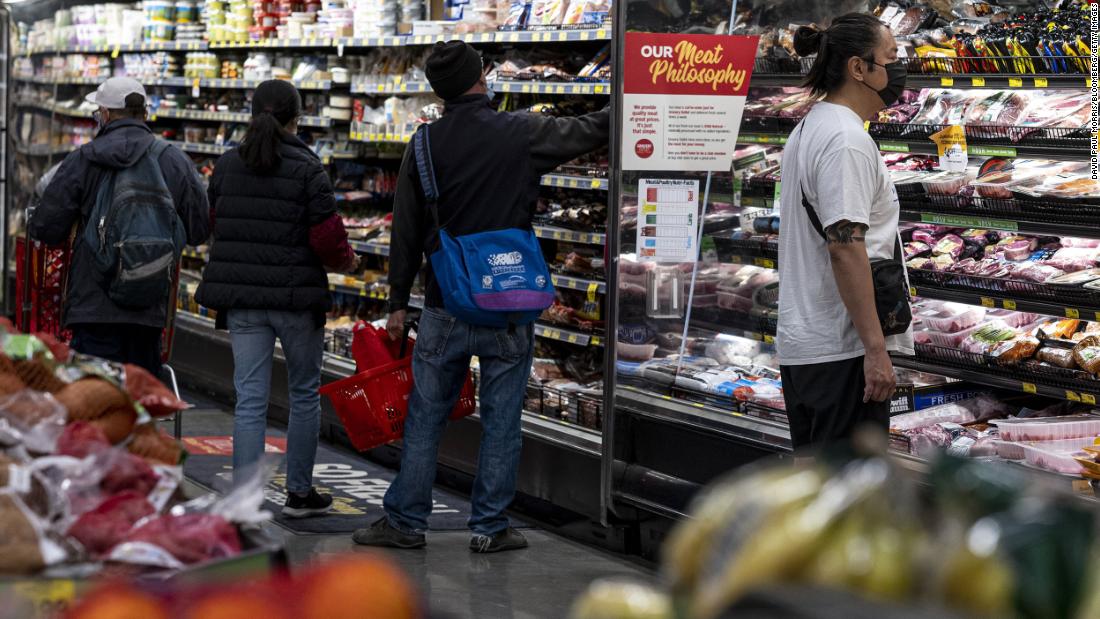



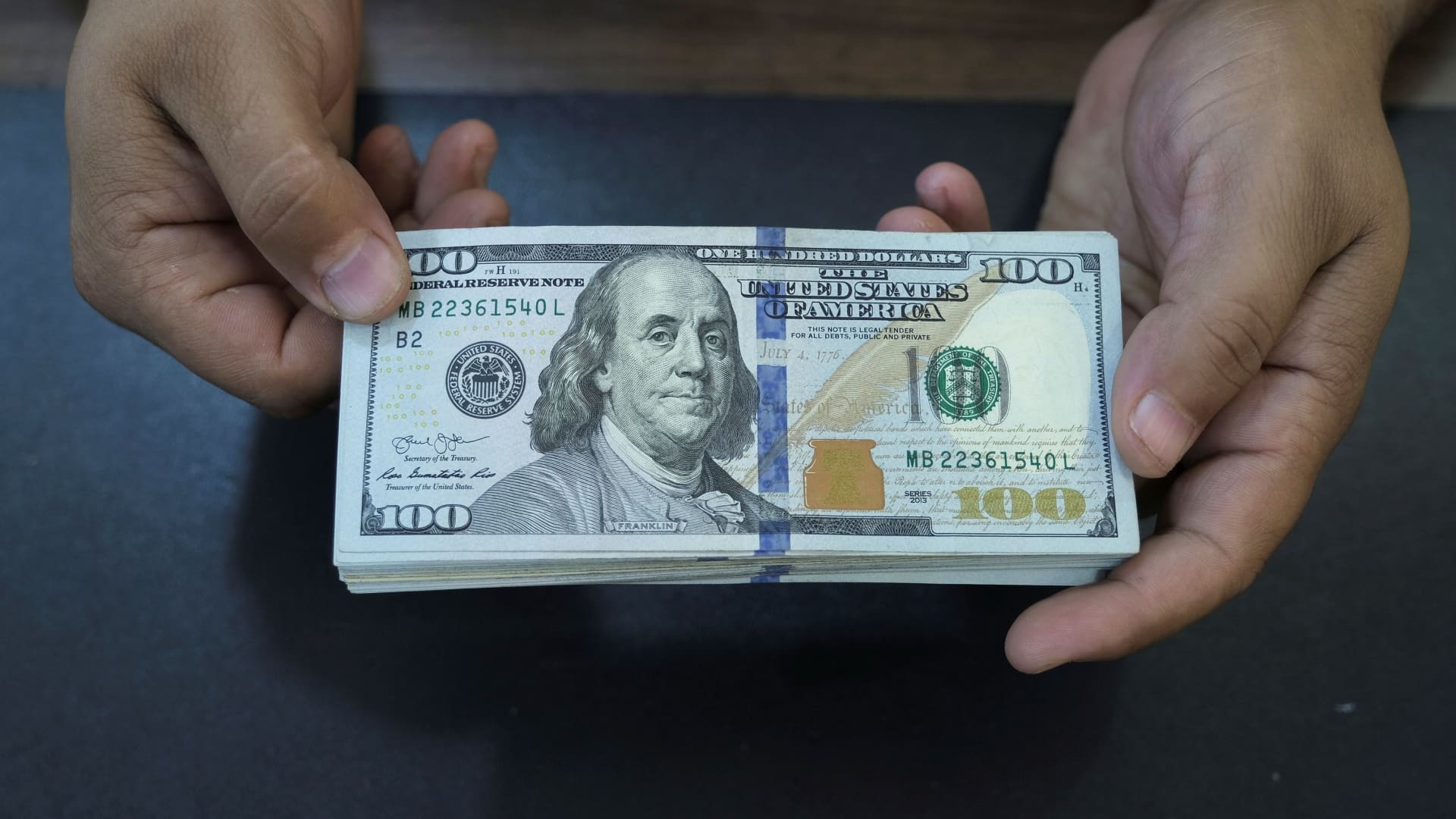
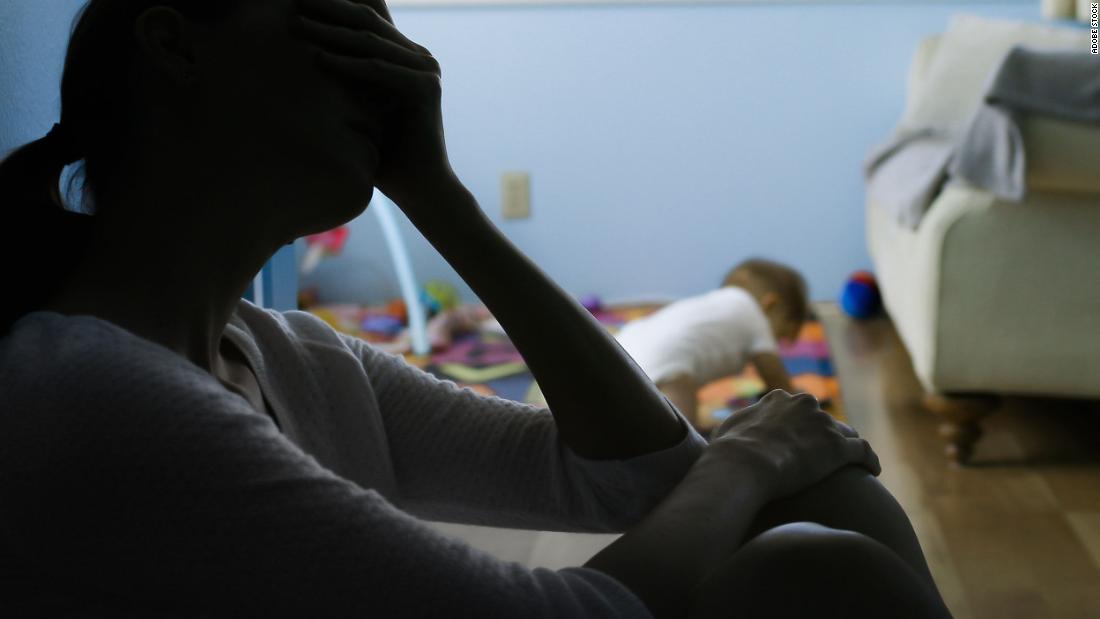



/cloudfront-us-east-2.images.arcpublishing.com/reuters/VNGNXJGBMBPXPKTMF2JIWT5CU4.jpg)
